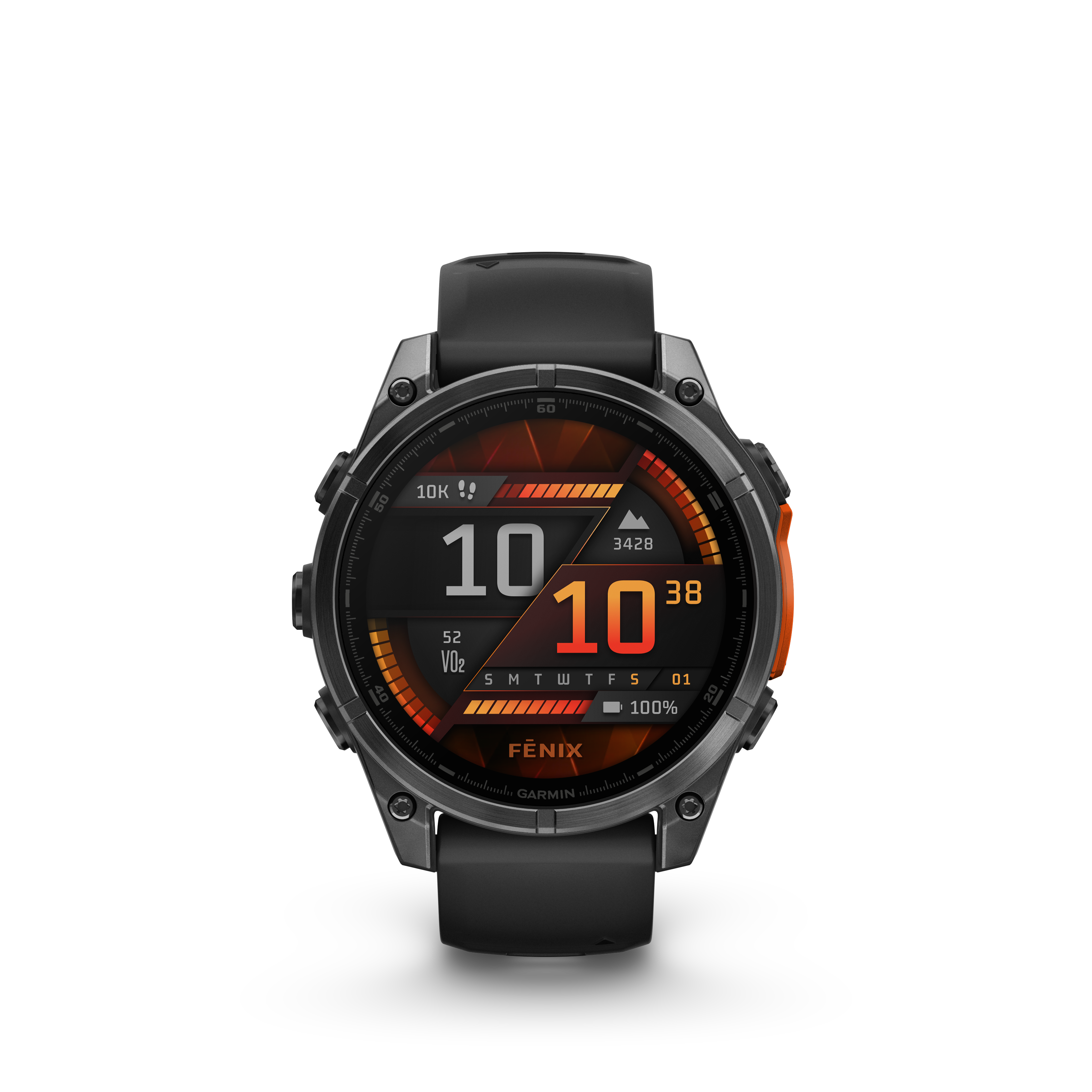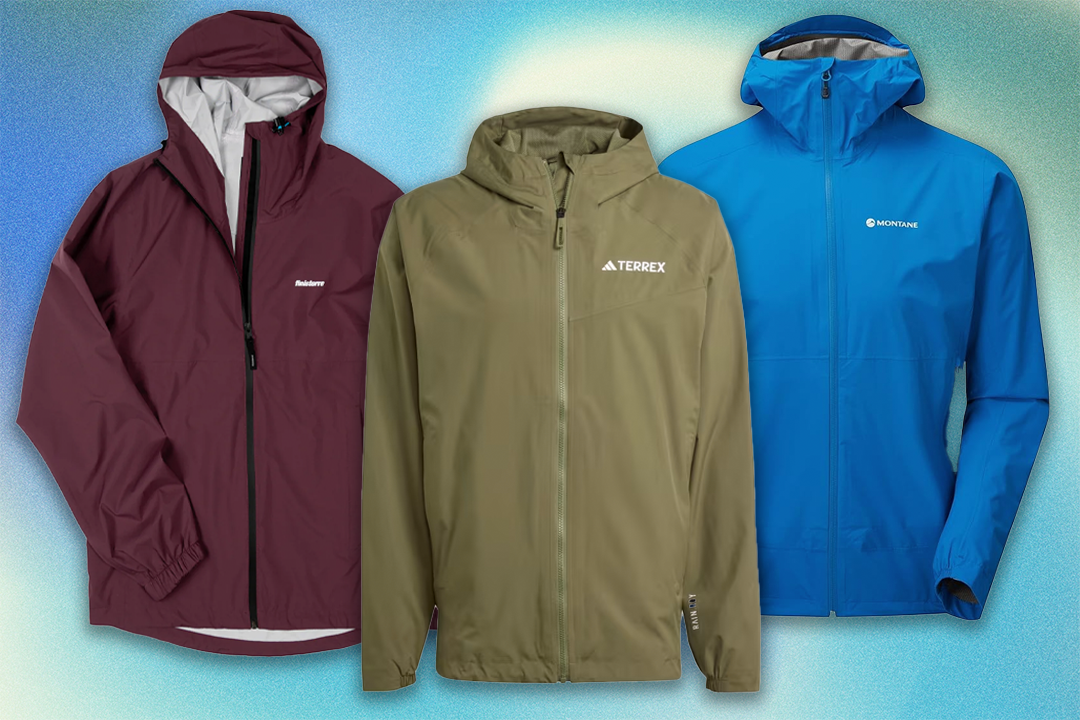
The Independent's journalism is supported by our readers. When you purchase through links on our site, we may earn commission. Why trust us?
I trekked to Everest Base Camp – and this is the gear that withstood the elements
From relentless monsoon rains to high-altitude chills, here’s how my gear performed on a challenging trek

In Nepal’s Khumbu Valley, I embarked on an unforgettable trek to Everest Base Camp, navigating breathtaking landscapes and extreme conditions. I climbed through rugged terrain and even faced a monsoon on the descent, during which I put a range of different gear to the test.
My carefully selected gear was chosen for durability and comfort in high-altitude environments, from stylish yet functional mountain sunglasses to supportive hiking boots that provided stability on uneven terrain and the latest Garmin smartwatch, which offered altitude and blood oxygen readings to keep track of my condition at high elevations. Every item played a crucial role in my adventure.
Throughout this expedition, I thoroughly evaluated each product, ensuring it met the demands of both extreme weather and rugged landscapes. Below you’ll find the gear that withstood the elements, including relentless monsoon rain and high-altitude chills. If you’re planning a multi-day adventure soon, take note.
Arc’teryx Beta AR jacket

- Best: Jacket
- Why we love it
- Overall quality is outstanding
- Excels in withstanding harsh wind and relentless rain
- Take note
- Expensive
When it comes to facing some of the harshest elements, the Arc’teryx beta AR jacket was my go-to. It wasn’t just a waterproof layer; it was an effective shield through the highs and lows of the journey.
One of the first things I noticed was the fit. It’s cut to allow comfortable layering without feeling bulky. I wore it over both a base and mid-layer, which let me adapt to changing altitudes and temperatures. Plus, it looks sharp – understated but stylish, which felt just right for the mountain trails.
The jacket truly proved its worth when we were hit by a three-day monsoon starting in Gorak Shep and stretching all the way to Lukla. With its Gore-Tex pro fabric, the jacket stood up to constant, heavy rainfall, keeping my torso dry despite the unforgiving conditions. Unlike other rain jackets that can get uncomfortably clammy, this one remained breathable, which helped me stay comfortable even when pushing through tough sections of the trail.
At high altitudes, temperatures drop significantly, but this jacket’s ability to trap warmth without needing heavy layers underneath was impressive. It managed to balance insulation and weight perfectly. While it isn’t designed as a full-on winter jacket, it held up against Everest’s cold air, keeping me comfortable without weighing down my pack.
The Arc’teryx beta AR isn’t cheap, but for a serious trek, it’s worth every penny. It’s rugged enough to withstand the intense Himalayan weather, and it strikes a great balance between comfort, style, and technical capability. Whether you’re headed to Everest or facing unpredictable conditions closer to home, this jacket is a top-notch companion.
Shackleton halley ultralight down

- Best: For lightweight warmth
- Why we love it
- Simple, reliable, and well-made
- Take note
- A bit more reflective detailing wouldn’t go amiss
The Shackleton halley ultralight down jacket quickly became a reliable piece of my gear during the ascent. With its lightweight design, it didn’t feel bulky and was easy to stash in my bag during warmer stretches. The effective insulation provided added warmth, which was particularly needed from Dingboche upwards when temperatures dropped significantly.
As we reached higher altitudes, this jacket was easy to layer under my shell, creating an effective barrier against the mountain chill. On the trail, avoiding crowds meant setting off before sunrise, so I found it incredibly handy on early morning and evening hikes when the air was at its coldest.
For anyone trekking in cold, variable climates, this is a solid choice. Its lightweight design, reliable warmth, and packability make it an ideal layer for serious trekking or any adventure where space is limited.
Garmin fenix 8 AMOLED

- Best: For health tracking
- Why we love it
- Ticks just about every box you’d want on a trek
- Built-in white and red light torches were lifesavers for rummaging through my bag after dark
- Take note
- The largest model is definitely on the bulkier side
The Garmin fenix 8 AMOLED became my ultimate trekking partner, offering an impressive blend of durability, functionality, and ease of use. With extended battery life, a 51mm display, and a wealth of tracking features, this watch is the perfect sidekick for serious adventurers.
A key highlight is its battery life, which didn’t disappoint on the multi-day trek. It stretched well, meaning I could rely on it through tough days, particularly the 12-hour trek between Lobuche and Base Camp and back, without worrying about recharging.
As you’d expect, the altitude measurement turned out to be one of the most helpful features. It provided a continuous sense of our elevation, which was useful not only going up but especially coming down, allowing me to anticipate how much ground was left before our next stop.
The blood oxygen feature also proved useful as we climbed, letting me keep an eye on acclimatisation and helping to manage energy levels. The step counter was a simple but effective tool for staying aware of my exertion level, ensuring I didn’t push too hard on challenging sections.
The large, touch-enabled display meant easy navigation even with gloves on, and I appreciated the option to switch to buttons when conditions got tricky. For a multi-functional watch, it’s remarkably intuitive—no fumbling around, just quick access to what I needed when I needed it.
Arc’teryx bora 75

- Best: Backpack
- Why we love it
- The hip belt is terrific innovation
- Take note
- The pack could use better waterproofing or, at the very least, a rain cover included in the price
As I prepared for my trek, I knew I needed a reliable backpack to keep up with the demanding conditions. The Arc’teryx bora 75 proved to be the perfect ally. With its impressive 75l capacity, this backpack has been designed for serious adventurers who demand functionality and comfort.
The standout feature is undoubtedly its hip belt, which moved seamlessly with every stride I took. This innovation meant no chafing or discomfort, even on my longest days on the trail. The padded straps distribute weight evenly, making the pack feel lighter than it was.
At first glance, I was a bit overwhelmed by the sheer number of pockets, zips, and drawstrings. However, after a few days of use, I discovered the thoughtful organisation made it easy to access my gear on the go. Whether I was reaching for snacks or an extra layer, everything had its designated spot, allowing for efficient packing.
One slight downside was the absence of a waterproof rain cover. During a relentless three-day descent in monsoon conditions, it ended up getting soaked through. While the pack itself is durable, this omission reminded me of the importance of additional weather protection in extreme environments.
In the end, the Arc’teryx bora 75 became a smart investment for my trek. Its combination of comfort, innovative design, and ample storage truly set it apart. Although the lack of a rain cover was a drawback, the exceptional performance and attention to detail more than justified the price tag. For anyone planning a multi-day adventure, I highly recommend considering it.
Hoka kaha 2 GTX

- Best: Hiking boots
- Why we love it
- Comfortable and offer excellent support
- Take note
- On the bulkier side
- Extended heel occasionally caught on larger rocks
The Hoka kaha 2 GTX boots quickly proved themselves, especially on rockier terrain near the summit. Right out of the box, these boots felt reasonably comfortable, and they only got better as the trek progressed. The cushioning was ideal for long days on rough paths, providing a responsive feel underfoot, which helped minimise fatigue. The ankle support was excellent. While they are slightly bulkier than some other trekking boots, the support and comfort they offer make up for it.
The waterproof Gore-Tex lining performed well in moderate conditions, but my feet did get quite wet during a relentless monsoon on the descent. The traction on these boots performed well on slippery, rugged terrain. However, while the extended heel added stability, it occasionally caught on larger rocks and boulders – particularly on more technical sections. It wasn’t a deal-breaker, but it’s something to note if you’re moving quickly over very uneven surfaces.
Vallon mountain sunglasses

- Best: Sunglasses
- Why we love it
- Comfortable for long stretches
- They made me feel, for a moment, like I could be Edmund Hillary
Of all the gear I took to Everest Base Camp, the Vallon mountain sunglasses drew the most compliments. Beyond their retro style, these sunglasses were incredibly effective in blocking out intense light, especially once we cleared the tree line where sunlight became unfiltered and strong.
Offering remarkable eye protection, they prevented glare from all angles, keeping my eyes relaxed even on the brightest days. One of the standout moments was on the 12-hour round trip to Base Camp and back. Despite battling a head cold and congestion, these glasses provided a sense of relief and clarity, allowing me to stay focused and comfortable without squinting.
These aren’t just sunglasses; they’re essential for serious mountaineers and trekkers facing high-altitude light exposure. I can’t imagine mountaineering again without them.




